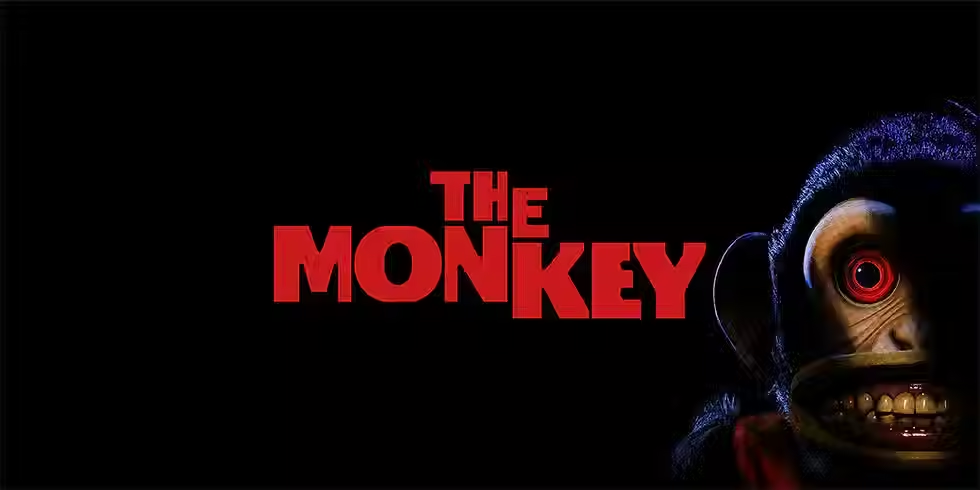Trapped in Suspense: How 10 Cloverfield Lane Masterfully Builds Tension
- Tavia Millward
- Nov 14, 2024
- 3 min read
Imagine being trapped in a room with a man who might be your only hope—or your greatest threat. 10 Cloverfield Lane builds relentless suspense, where every moment is a breathless question of survival.

In 10 Cloverfield Lane, the true terror lies not in what’s outside the bunker, but in the terrifying uncertainty of what’s inside. As Michelle grapples with her increasingly volatile surroundings, director Dan Trachtenberg carefully weaves a narrative that blurs the line between safety and peril, leaving you on the edge of your seat, questioning every move, every word, and every glance.

In the realm of psychological thrillers, 10 Cloverfield Lane stands out as a masterclass in building tension without relying on overt horror. The film introduces Michelle (Mary Elizabeth Winstead), who, after a devastating car accident, awakens in a survival bunker under the care of the ominous Howard (John Goodman). The claustrophobic setting amplifies the growing suspicion and paranoia between the characters, especially as Michelle begins to question whether Howard is truly protecting her—or hiding something darker.
Director Dan Trachtenberg cleverly weaves a narrative that plays with the audience’s expectations, blurring the lines between sci-fi, horror, and psychological thriller. The gradual reveal of a world outside the bunker, populated by both conspiracy theories and actual alien threats, keeps viewers on edge. It's a slow burn that pays off, with Michelle’s determination to survive ultimately offering a moment of triumph in a seemingly hopeless situation.

The film's strength lies not just in its plot twists, but in its careful character development. Michelle's evolution from a frightened victim to a fierce survivor is compelling. Meanwhile, Howard’s unpredictable nature, portrayed brilliantly by Goodman, shifts from being a potential saviour to a dangerous threat. The tension between the characters is palpable, and it’s their conflicting motivations that drive the story.
One of the film's most impressive aspects is its minimalist approach—focusing almost entirely on the bunker’s confined space. This adds to the sense of being trapped, both physically and psychologically. Yet, the final act opens up into a larger, more fantastical world that offers a blend of dread and empowerment.

With its unpredictable ending and layered storytelling, 10 Cloverfield Lane proves that tension doesn’t need to be flashy; it’s the subtle build-up that makes the most lasting impact. If you haven’t revisited it recently, now’s the time—this film still packs a punch in its exploration of survival, trust, and the unknown.
Behind the Scenes
The performances of 10 Cloverfield Lane play a pivotal role in building the film’s tension, particularly the interplay between Michelle (Mary Elizabeth Winstead) and Howard (John Goodman). Goodman’s portrayal of Howard oscillates between unsettling warmth and potential danger, leaving viewers uncertain of his true intentions. This uncertainty fuels much of the film’s suspense, as every interaction is loaded with psychological complexity.
Winstead, on the other hand, anchors the film with her nuanced portrayal of Michelle. Initially, she is a victim of circumstance, but as the story progresses, Michelle’s transformation from fearful survivor to resourceful fighter creates a compelling arc. Her subtlety and strength in the face of Howard’s volatility make her a relatable and strong protagonist, and the dynamic between her and Goodman creates a push-pull of trust and suspicion that keeps the narrative thrilling.
The chemistry between Winstead and Goodman is enhanced by director Dan Trachtenberg’s focus on creating moments of tension through silence and small actions. For instance, the scene where Michelle tries to steal Howard’s keys is a masterclass in building suspense through body language and pacing, showcasing the actors’ ability to convey tension without a word being spoken.
This focus on strong, compelling character dynamics is a major reason 10 Cloverfield Lane works so effectively as a thriller. The tension isn’t just external (the looming threat of the outside world); it’s internal, played out in every interaction, every glance, and every decision the characters make. This dynamic elevates the film’s psychological depth, leaving a lasting impression on the audience long after the credits roll.





Comments